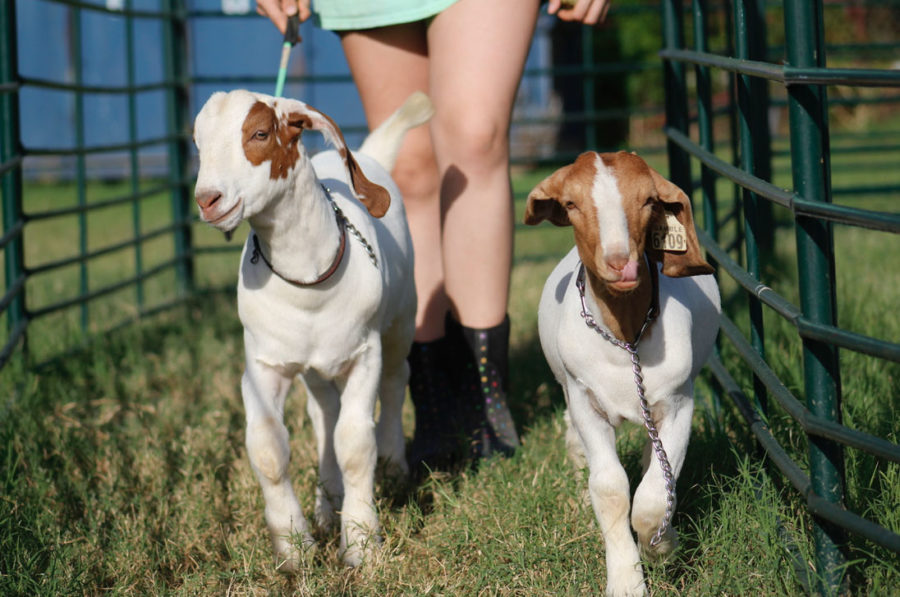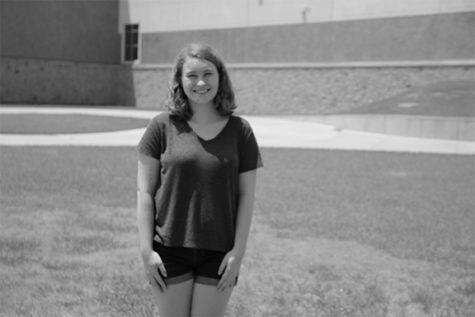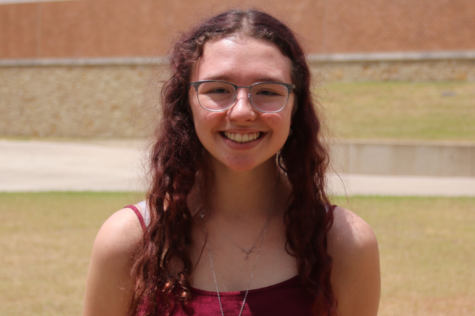No horsing around
FFA students explain what it takes to care for animals
October 20, 2017
Before the sun rises, some students are already driving to Cedar Park. The school day hasn’t started, but they are hard at work. These students are members of FFA. Everyday, they spend more than three hours working with their animals, preparing them for competitions. For some, it’s their whole life.
“It’s a huge responsibility, but I think it’s really important that our students get involved and do those things,” FFA adviser Magan Escamilla said. “I think it’s important to care for something else besides yourself.”
FFA is a student-led club that prepares students for agricultural careers. Students can choose to raise and show livestock such as chicken, rabbits, hogs, lambs, goats and cattle. This Saturday and Sunday, some students will show their animals at the Hendrickson Lamb and Goat show and the Hendrickson Cattle show.
“You can win a lot of scholarships with stuff like this,” junior cow rearer Bryce Howsey said. “And it’s pretty good for hands on experience.”
In order to maintain the animal’s health and training, students visit the Ag barn in Cedar Park before school and after school.
“It takes up most of my time because whenever I’m not doing anything I go and work with them,” sophomore lamb rearer Mary Alden Laird said. “You constantly want to get better.”
While at the Ag barn, students feed and work their animals. With a competition coming up, they also prepare their animals for behaving well in the show ring. This includes grooming them and working on the way they will present them.
“Some people, they can not prepare for a show and do great,” junior lamb and goat rearer Camille Barkhuizen said. “But some people need to spend a lot of time working before a show just to get ready.”
The students have to show their animals in particular ways. They free walk lambs and lead cattle and goats.
“You have to work on showmanship, which is just how you show your animal, how you present it,” Barkhuizen said. “You make sure the animal knows what to do in the show ring, not just think ‘oh, it’s play time. I’m just going to start headbutting things and playing around.’”
Students also have to make sure their animals eat more before travelling to a show. Most animals lose weight when they travel.
“They get nervous and they won’t eat anything when they’re in the car,” Barkhuizen said. “When it gets cold, they shiver and they lose calories, and that can mean they lose weight.”
Goats and lambs are judged on their weight, length and amount of muscle. Female cows are judged on the amount of fat on them, bone structure, and how suited they are for pregnancy.
“I would say the hardest part is definitely the competition aspect of it because you get very competitive with what you’re doing,” Barkhuizen said. “It hurts you a little bit if you don’t get the place you expected because you put so much hard work into this animal.”
Some students participating in the livestock raising aspect of FFA want to be vets in the future. The livestock program helps them develop these skills early in life.
“It didn’t necessarily change the way I think about animals, but it definitely changed the way I think about raising them,” Howsey said. “It’s pretty much like raising a kid.”
Students grow bonds with their animals over the course of their projects. However, they usually don’t keep their animals forever.
“The hardest part is when you have to sell your animal at the end of the year because you have grown a friendship with them,” Laird said. “Everyone gets attached.”
FFA students say they take their competitions very seriously. They spend a lot of time caring for and working with the animals, and they feel let down when the don’t get the place the expected.
“Judges favor little kids sometimes,” Barkhuizen said. “I’ve been in a show where a 3-year-old has beat me. I ask ‘how is that possible?’ You have to keep in mind though, everyone works very hard on their animals. Everyone works probably around the same amount as you do.”








